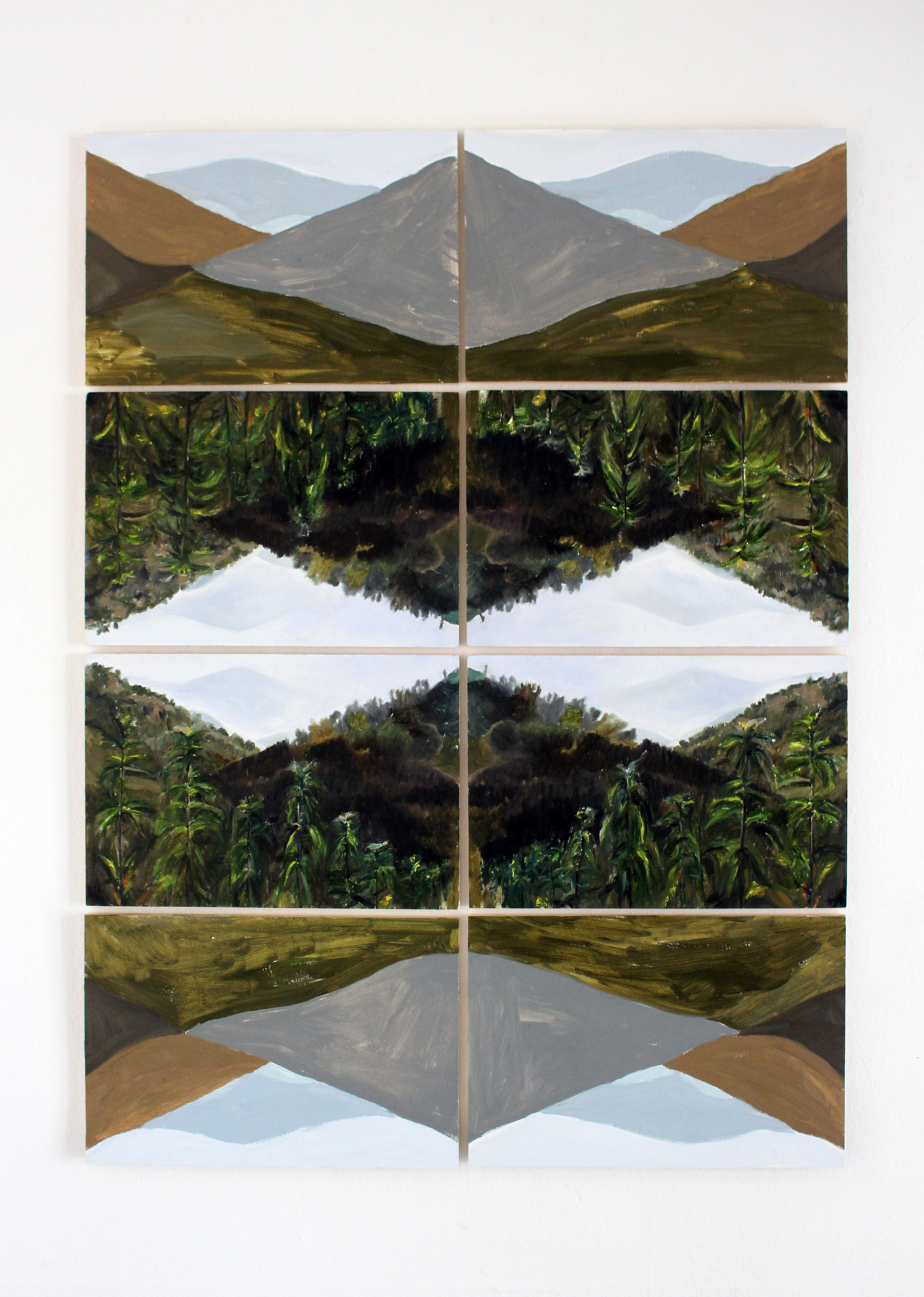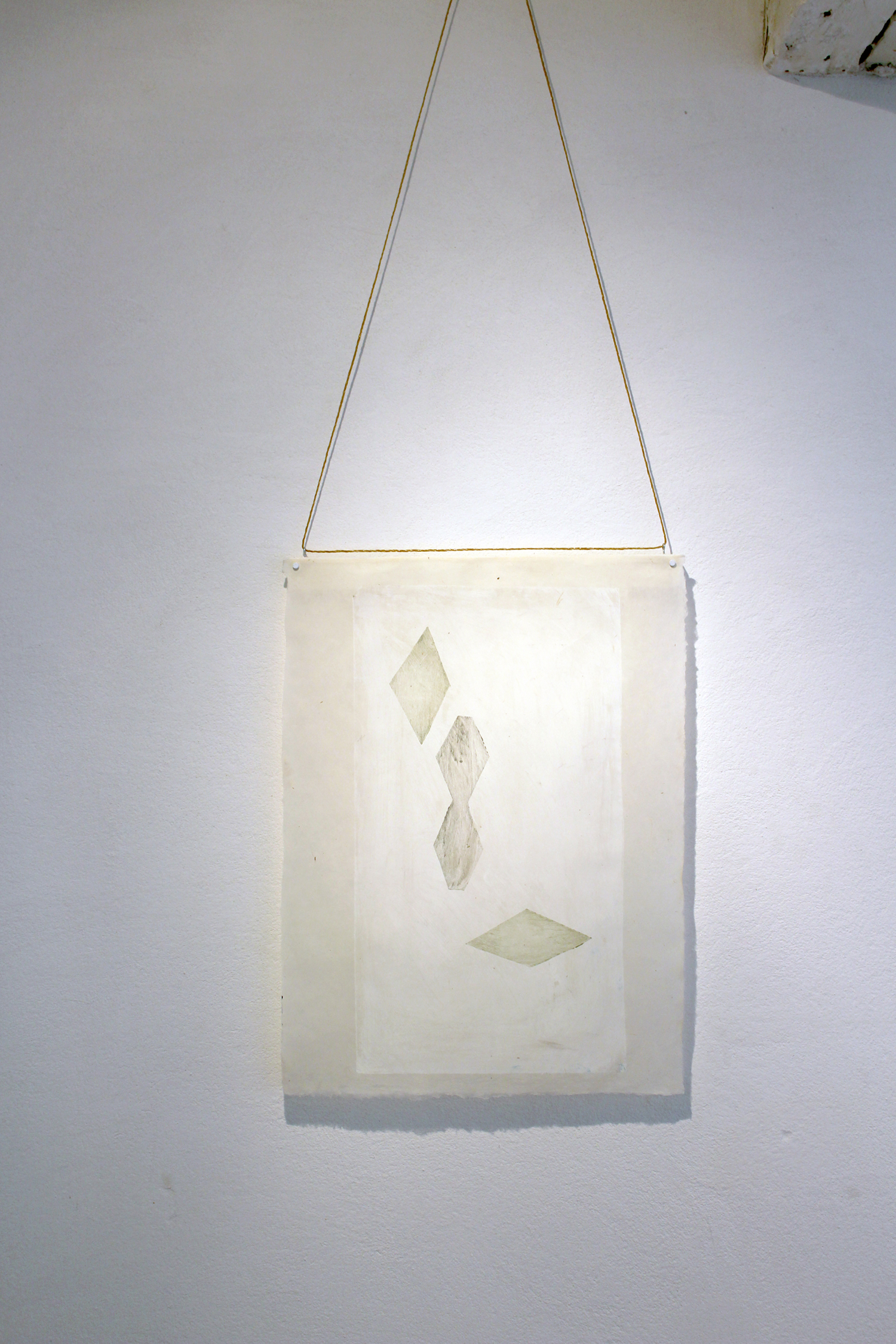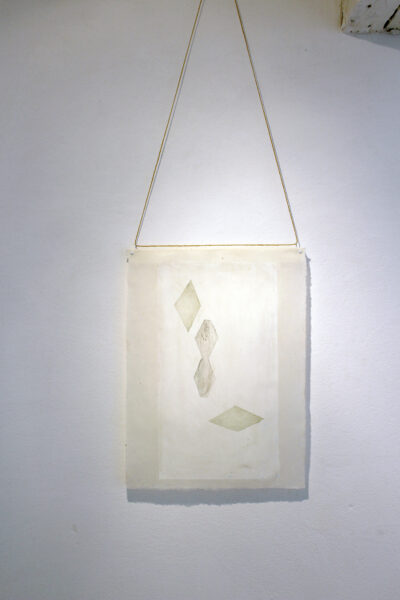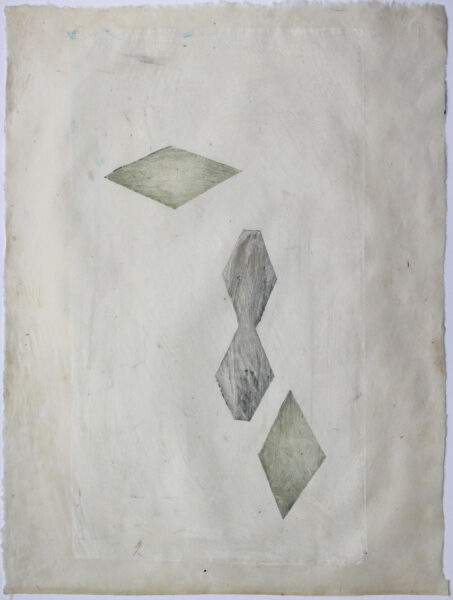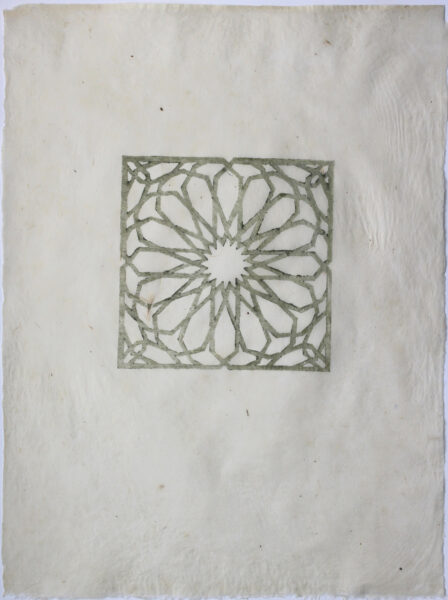ARABIC LANDSCAPES
Inspired by the Islamic repeated geometric infinity patterns, which are thought to reflect the language of the universe and help the believer to reflect on the greatness of creation, this project transforms site-specific observations into geometric pattern trying to link these fundamental structures to the everyday surroundings. A crystallization takes place. But the result is not an idealized view on nature but a series of handmade uneven shapes, which through their geographical starting point embody nature as an environment comprising specific environmental problems, social and sustainable concerns.
The set of is site-specific observations of the Rif Mountains near Tétouan in northern Morocco.The Rif Mountains are beautifully covered with green fields, but at the same time this picturesque view actually camouflages social and environmental problems in the area. The fields are all illegal cannabis plantations, or Kif as the locals call it.
The crop has been cultivated in the northern region for centuries, where the climate for growing cannabis is considered ideal. Cannabis cultivation in the Rif probably dates back as early as the 11th century BC. Authorized by the Spanish, who ruled northern Morocco as a protectorate from 1912, the crop remained legal until the 1970s. Since it was banned, efforts have been made to introduce alternative forms of agriculture and livestock such as cows and goats from Europe. But farmers insist there is not enough grass for livestock, and that it is too cold to grow other crops. This cultural and social problem affects at the same time the environment as it causes a massive deforestation mainly due to forrest clearing for agriculture. The deforestation has led to soil degradation due to the washing away of topsoil, which has aggravated the process.

